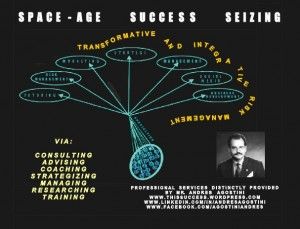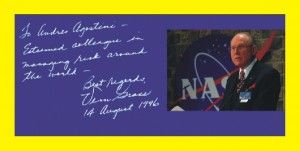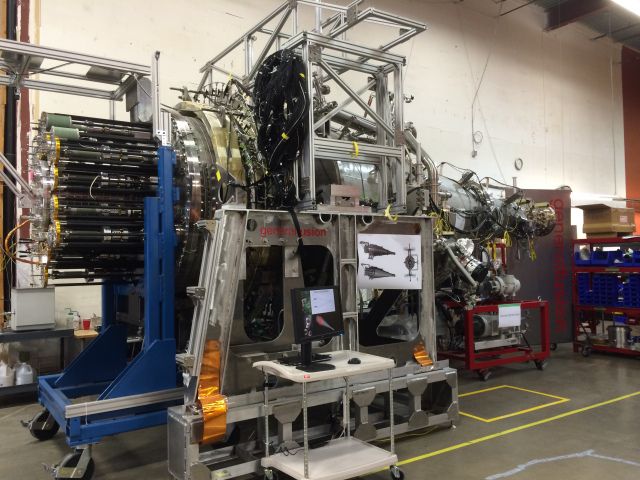Mar 24, 2014
The Future of Scientific Management, Today!
Posted by Andres Agostini in categories: big data, biotech/medical, business, cyborgs, economics, engineering, futurism, science, scientific freedom
LIST OF UPDATES (MARCH 24 THROUGH MARCH 30/2014). By Mr. Andres Agostini at The Future of Scientific Management, Today! At http://lnkd.in/bYP2nDC
Smartphone app reads blood oxygen levels, forewarns of life-threatening pre-eclampsia
http://www.kurzweilai.net/smartphone-app-reads-blood-oxygen-…-eclampsia
Stanford lab launches new privacy-based social network
http://www.kurzweilai.net/stanford-lab-launches-new-privacy-based-social-network
Continue reading “The Future of Scientific Management, Today!” »













